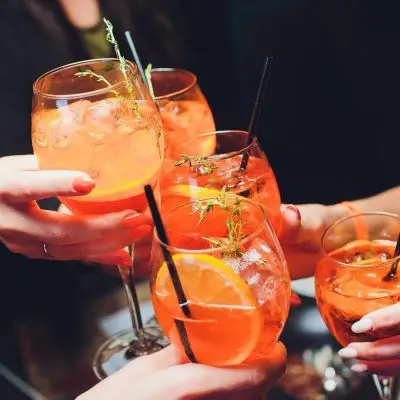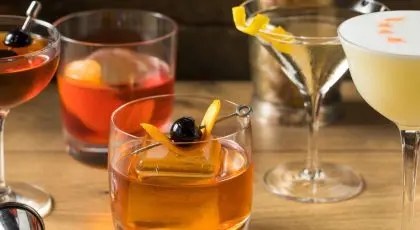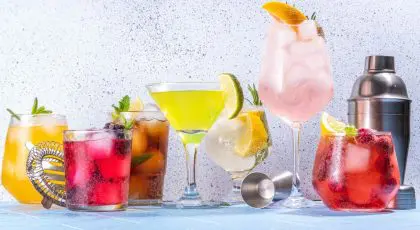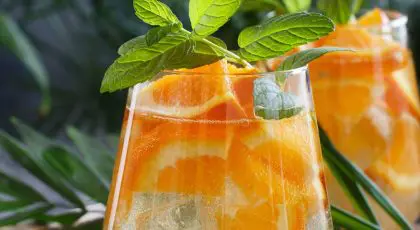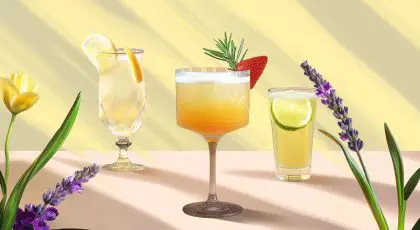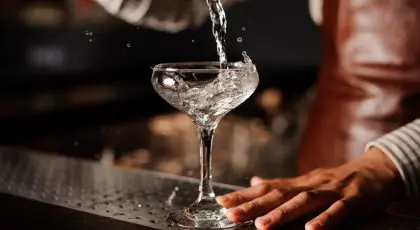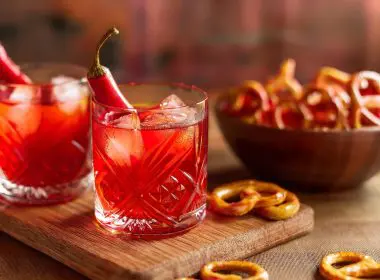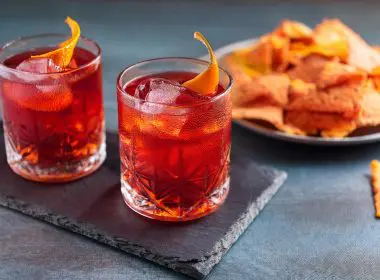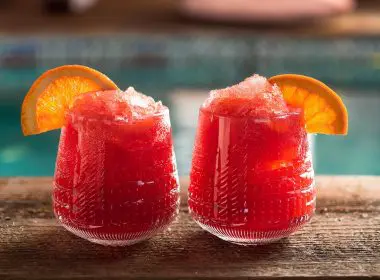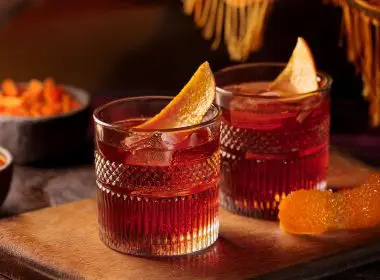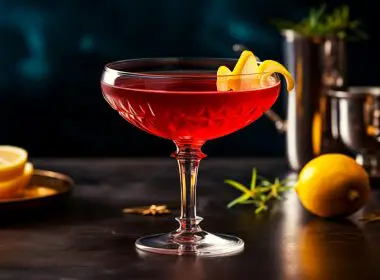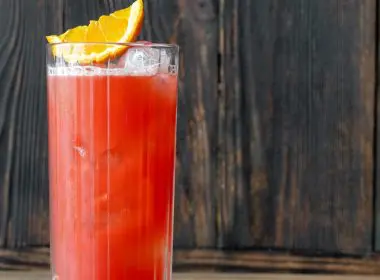Summer Trends: Low ABV Cocktails
Jump to:
Cocktails are a bit like our wardrobe: we like adapting them according to the seasons and latest trends. And the summer trend that’s getting a lot of attention from cocktail drinkers are low alcohol cocktails. But what does low ABV mean and why should you care? Read on to find out more.
What does low ABV mean?
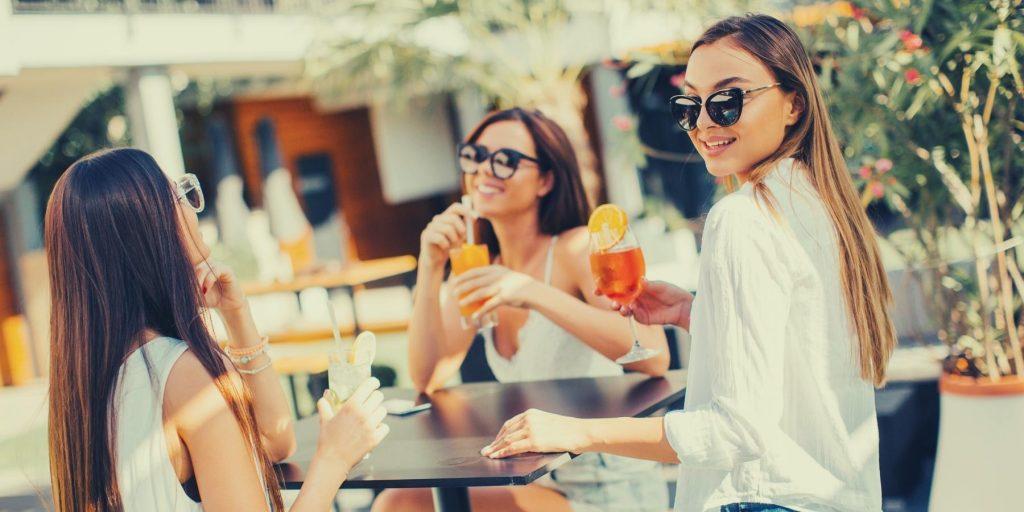
Low ABV doesn’t mean your drink is alcohol-free – it just means that a low-alcohol cocktail isn’t as potent as a traditional one. Popular ingredients in low-ABV cocktails are naturally low in alcohol and include vermouths, bitters, liqueurs and certain spirits. When mixed correctly, your low-alcohol cocktails will be as complex and tasty as their more alcoholic counterparts.
Strength-wise, cocktails should be between 18 – 21% ABV to qualify as low in alcohol. You should expect a drink that looks the part and that’s refreshing and easy to drink.
To learn more about ABV and calculating the strength of your drink, read our handy guide.
How to be sure you’re serving low-alcohol cocktails
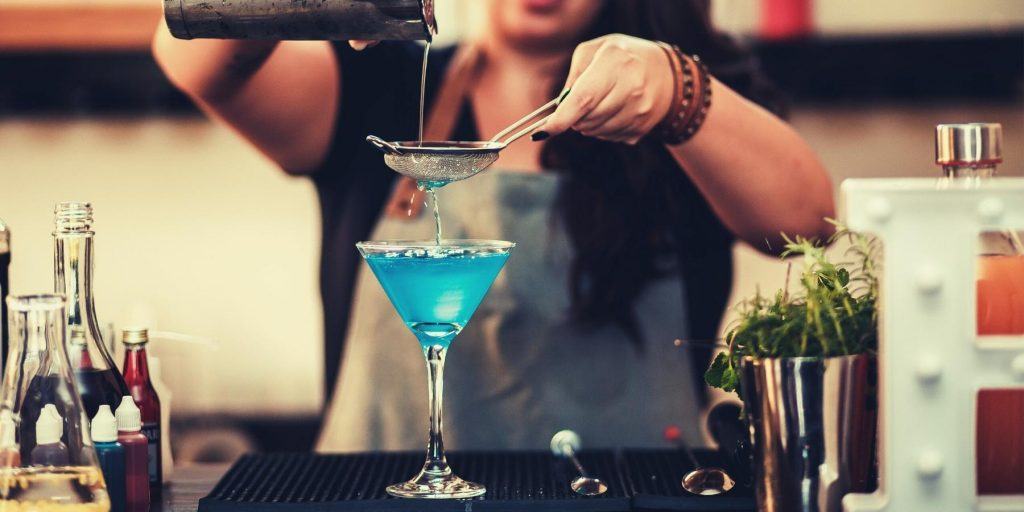
How can you be sure that what you’re serving is actually low in alcohol? Here are a few tips to help you ensure that your guests stay firmly rooted to the ground during summer get-togethers.
- Check the ABV on the label of the bottle before mixing. This will give you a good idea of how strong it is, and how much you would need to dilute it.
- Vermouth, bitters, wines and ports (all naturally low in alcohol) are all safe bets for low ABV cocktails.
- If you’re using a liquor (at around 40% ABV), turn it into a low ABV drink by using less of it and combining it with non-alcoholic liquids and serving it in a tall glass. Two great examples of this are whisky diluted with sparkling water served on ice and the classic Mojito recipe, which is naturally elongated and low in alcohol, coming in at around 13% ABV.
Why are low-alcohol cocktails so darn trendy?
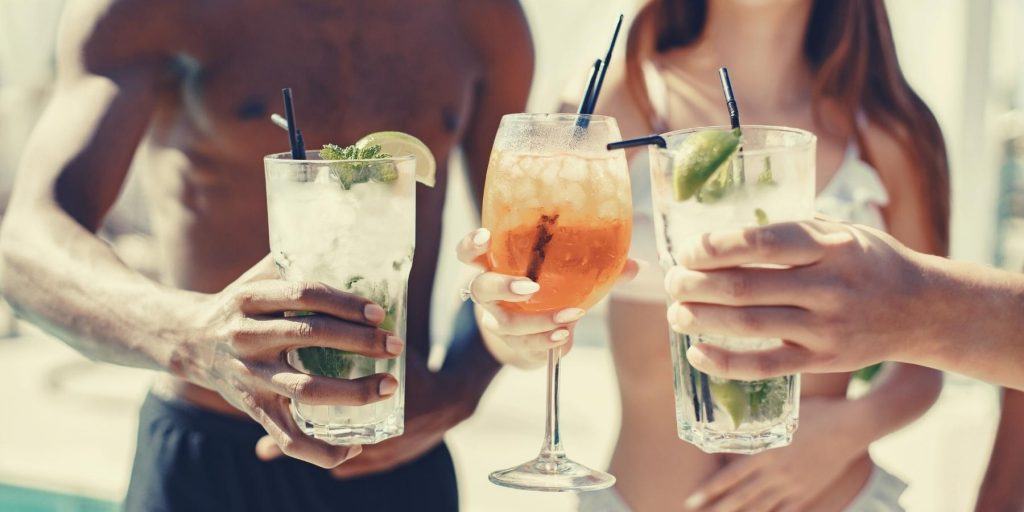
For some, it’s a matter of taste. For others, it’s a little more personal. In recent years, people have become more concerned with their health—and alcohol consumption. The low alcohol trend is a solution for those wanting to consume less alcohol, but who don’t want to stop drinking entirely. Another reason could be because of the renewed success of vermouths and bitters. This wave of popularity is particularly true for Italian bitters, with Aperol and Campari the most famous thanks to their flagship cocktails: the Aperol Spritz and Campari Tonic. And, speaking of Italian bitters, check out 12 classic Italian cocktails you absolutely need to try!
Three low-alcohol cocktails to serve this Summer
There are loads of low-ABV cocktails to choose from, but we’re going to share three refreshing summer favorites.
SKYY Mule
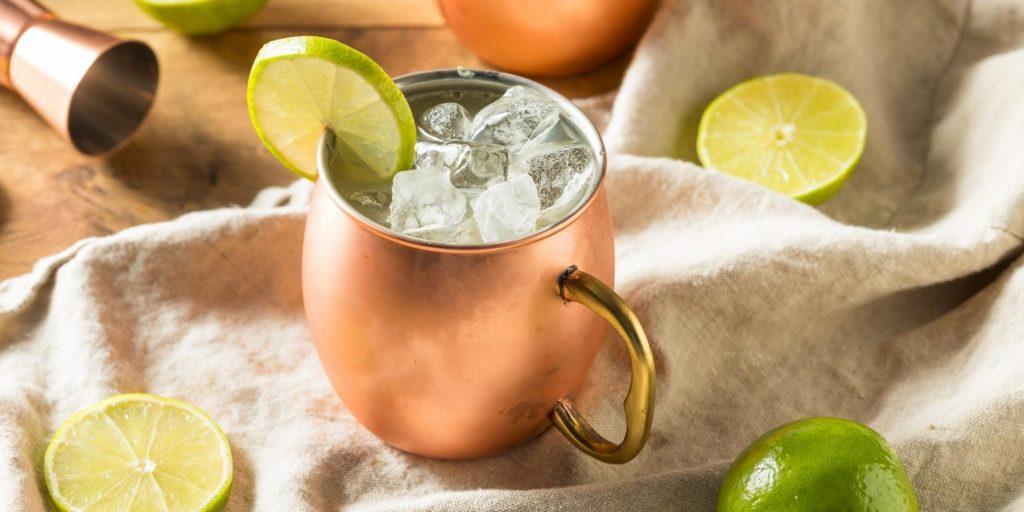
Ingredients
- 1 ¼ oz SKYY Vodka
- ¼ oz freshly squeezed lime juice
- 3 – 4 oz ginger beer
- Lemon twist to garnish
- Crushed Ice
Method
- Add crushed ice to a copper mug or highball glass
- Pour in vodka and lime juice
- Top with ginger beer
- Garnish with a lemon peel twist
Grand Tonic
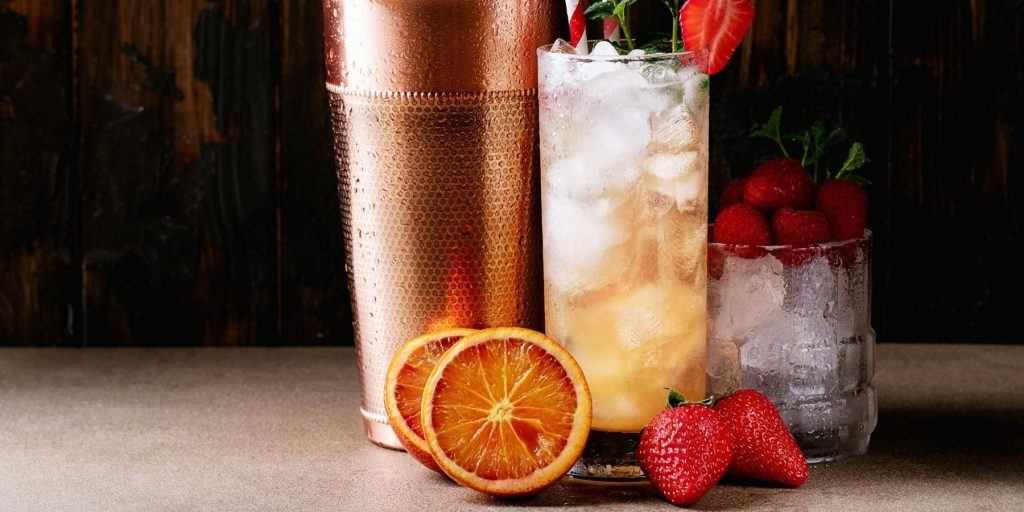
Ingredients
- 1 ¼ oz Grand Marnier Cordon Rouge
- Premium tonic water
- Slice of orange and raspberry or strawberry to garnish
- Ice
Method
- Fill a highball glass with ice
- Add Grand Marnier
- Top with tonic water
- Garnish with a slice of orange and a berry
Major’s Pomme
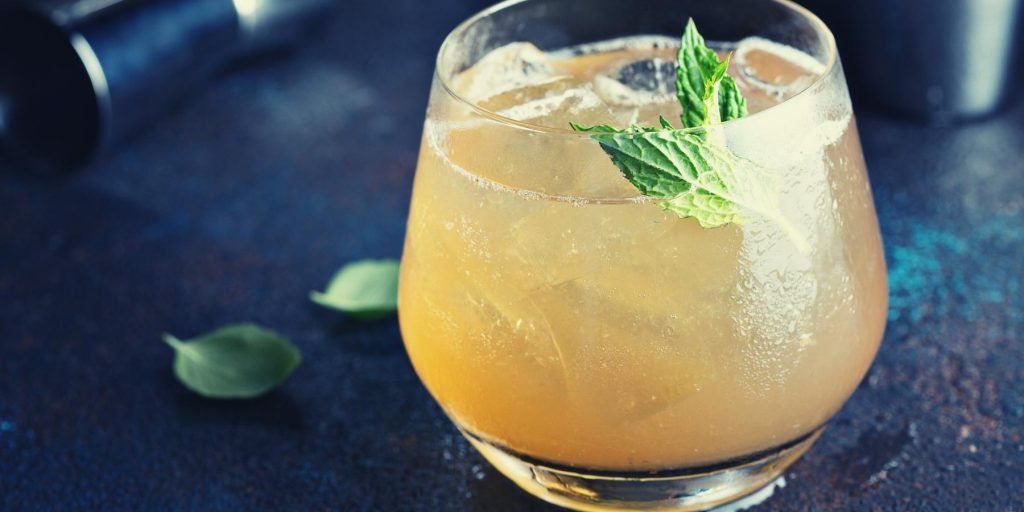
Ingredients
- 1 ¾ oz Glen Grant Single Malt Scotch Whisky
- ¾ freshly squeezed lime juice
- Ginger ale
- Green apple slices to garnish
- Ice
Method
- Add ice to a balloon glass
- Pour in the whisky and lime juice
- Top with ginger ale
- Garnish with apple slices
